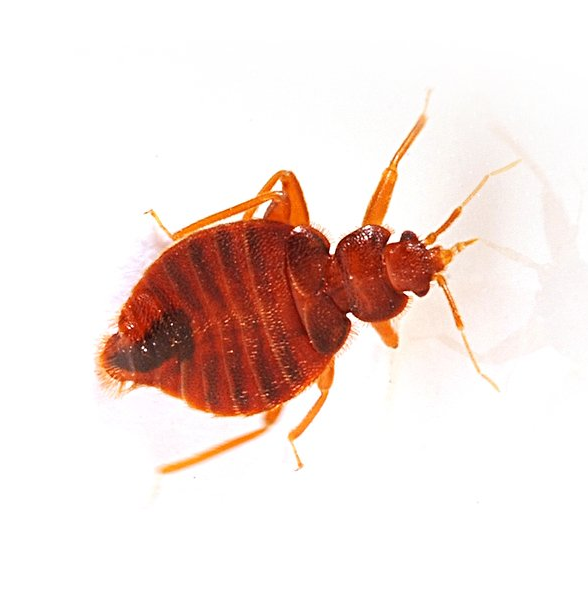R O D E N T & P E S T C O N T R O L S E R V I C E S
BED BUG REMOVAL CONTROL
Don't Let The Bed Bugs Bite! Get In Touch With Superb Pest Control
BED BUG EXTERMINATION SERVICES IN ELIZABETH, UNION & WOODBRIDGE, NJ
As a homeowner, landlord, or grounds/property manager you should know that this is a pest that rarely can be controlled 'in house.' It is very important that you work with a highly trained and professionally licensed pest operator when removing a bed bug infestation. We uses products that specifically target bed bugs, follow regulations, and abide by the product label's usage instructions. Only products that are labeled for use with mattresses, beds, and other furniture will be used on those items.
REQUEST AN APPOINTMENT
FREQUENTLY ASKED QUESTIONS ABOUT BED BUGS
The Bed Bugs Won't Wait - Why Should You?
CALL THE EXPERTS AT SUPERB PEST CONTROL NOW
When you realize you have bed bugs, you need to call a specialist. One of the scariest developments regarding these menaces is a recent trend towards resistance to common insecticides. Many home and business owners have tried to go the do it yourself route only to misuse the pesticides they rely on. By doing this, they manage not to kill all of the bugs they were going after, and the remaining bugs start to gain a resistance to the poisons. The only way to ensure that you will not contribute to this problem and that you will actually eradicate your infestation is to hire Superb Pest Control.
CONTACT US TODAY
Give us a call at (908) 249-5868 to request an estimate for bed bug extermination and control services from our company. We proudly serve those in Elizabeth, Union & Woodbridge, NJ.
**Make sure to ask about our Bed Bug Special, Starting at $299!**




